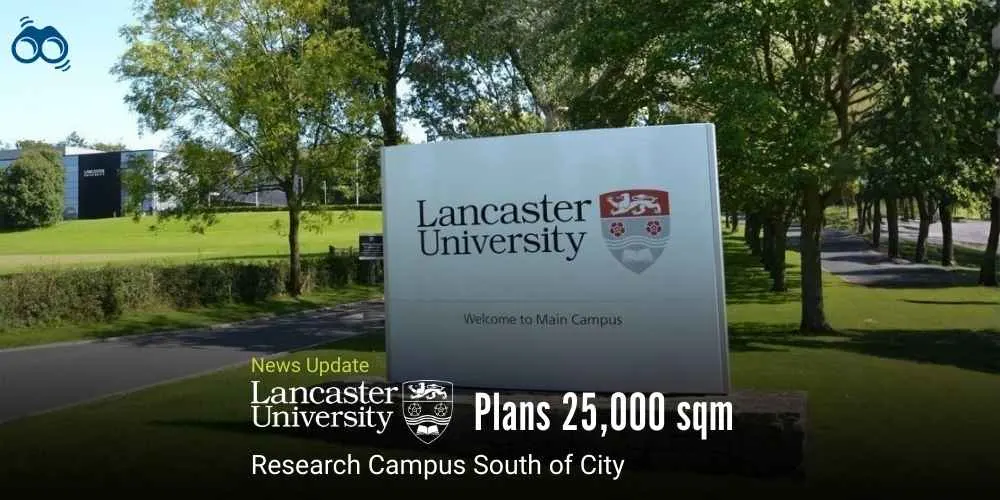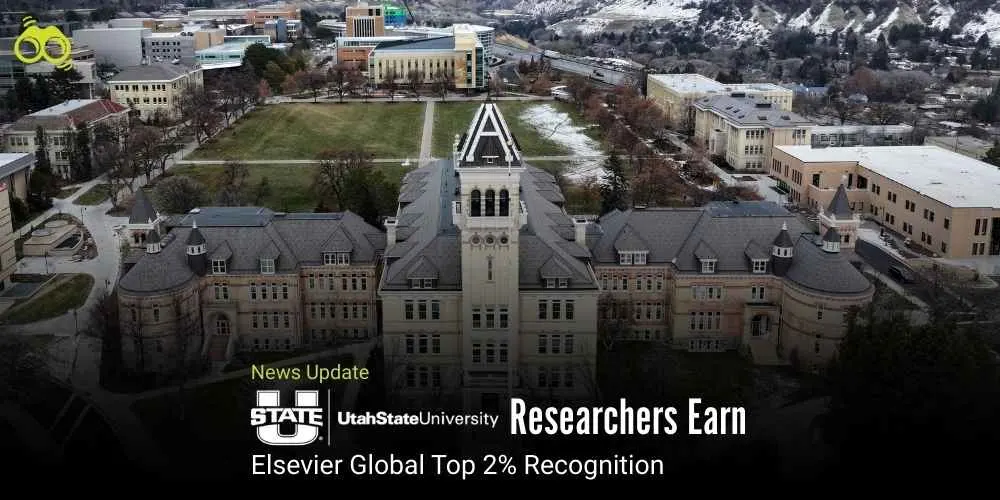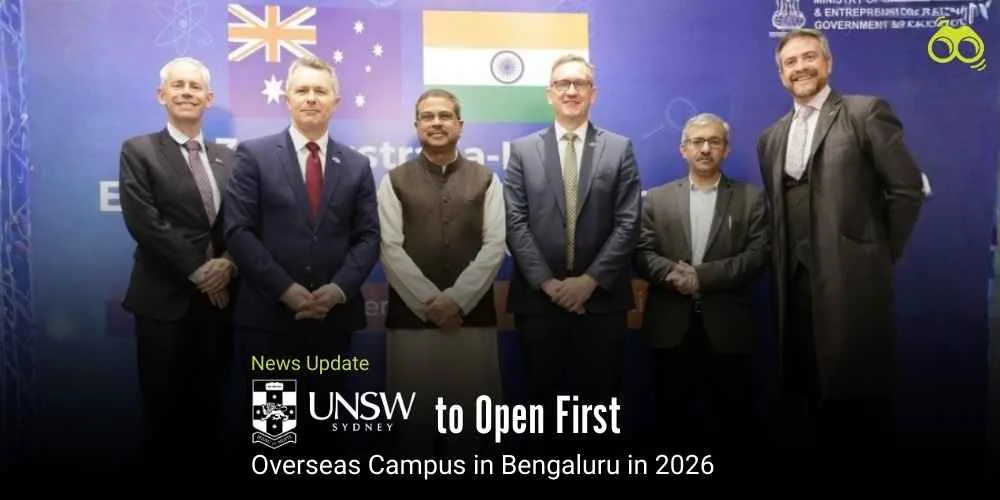Nepal’s Free Visa Policy Sparks Interest Among International Students
Government Pushes Higher Education Reform to Attract Foreign Students
Nepal, traditionally known for its high outbound student mobility, is now striving to position itself as an emerging study destination through a series of educational reforms. With an outbound mobility ratio of 19%, the country has long been recognised as a significant source market for international education. However, concerns regarding its domestic education system’s lack of forward-thinking policies have prompted efforts towards transformation.
As part of the 2025/26 budget presentation, Nepal’s Deputy Prime Minister and Finance Minister, Bishnu Prasad Paudel, announced a policy aimed at attracting international students. Under this initiative, foreign students will receive free visas for the entire duration of their academic programmes, while their parents and guardians will be eligible for multiple-entry visas. Paudel emphasised that this measure is integrated into broader legislative efforts to enhance the quality and governance of higher education. Consequently, these reforms seek to streamline university operations, ensure greater consistency in academic structures, and foster a more globally competitive education system.
While Nepal currently hosts a relatively small number of international students, it holds strong potential for expansion. Experts highlight that the government is actively positioning Nepal as an affordable and culturally rich study destination, particularly in fields such as medical studies, tourism, and Buddhism. Moreover, stakeholders argue that Nepal’s immersive learning environment, especially for students interested in Himalayan studies, climate science, and development-related fields, will further strengthen its appeal. In addition to affordability, the availability of English-taught programmes makes Nepal a viable option for foreign students.
At the same time, Nepal aims to reduce student outflow, yet experts caution that this will be a challenging endeavour. In 2023/24 alone, more than 112,000 Nepali students pursued higher education abroad. While reversing this trend entirely may be unrealistic due to globalisation, the government acknowledges Nepal’s potential to attract international students through expanded partnerships, research initiatives, and student-friendly policies. Furthermore, some universities already offer internationally recognised curricula, and English is widely used as a medium of instruction. Combined with Nepal’s cultural richness, natural beauty, and strong spiritual heritage, these factors contribute to its growing appeal.
Additionally, the rising number of Nepali students studying in India, Denmark, Finland, France, and the UAE has significantly contributed to remittance inflows. According to the International Fund for Agricultural Development, migrant remittances accounted for 26.6% of Nepal’s GDP in 2023, amounting to approximately $11 billion. In terms of policy impact, experts suggest that Nepal’s free visa scheme will enhance its reputation as a welcoming study destination, particularly for students from lower-income countries. Prabha Thapa argues that international students can contribute substantially to Nepal’s economy, not just through tuition fees but also through living expenses and local engagement. Furthermore, she notes that Nepal’s appeal extends beyond its neighbouring countries to Central Asia, Southeast Asia, and East Africa, where demand for affordable, high-quality education is rising.
Despite Nepal’s efforts to attract international students, significant challenges remain. Reports indicate that while the country has increased its public education funding to 3.68% of GDP, this figure remains below the global average. Moreover, outdated curricula and limited university seats continue to pose obstacles to the successful implementation of these reforms. Looking ahead, the government has outlined plans to restructure university departments, strengthen regulatory frameworks, and reorganise the university commission to improve higher education governance. However, stakeholders assert that further work is needed to address inconsistencies in academic quality, admissions processes, and institutional recognition. While Surya Pokhrel acknowledges that the policy is promising, he warns that Nepal’s universities have yet to attain global recognition, which could hinder their ability to attract international students.
To further bolster Nepal’s appeal, Thapa emphasises the necessity of comprehensive student support services, including adequate housing, orientation programmes, academic assistance, and pastoral care. Additionally, she warns that without a cohesive global outreach strategy, the free visa initiative may struggle to reach prospective students who would benefit most. Ultimately, while Nepal’s education reforms signal promising opportunities for international student engagement, their success will largely depend on effective implementation and sustained institutional improvements.
Editor's Note:
Nepal’s ambitious push to become a global study destination marks a significant shift in its education policy. While the introduction of free visas for international students and their guardians signals a strong commitment to attracting global talent, the effectiveness of this initiative remains uncertain. Despite the government’s enthusiasm, the country faces deep-rooted challenges. Funding for public education is below the global average, outdated curricula persist, and institutional rankings remain low. Without substantial improvements in infrastructure, academic support, and international recognition, Nepal’s ability to compete with established education hubs is questionable. Furthermore, while the policy may increase enrolments from neighbouring countries and lower-income regions, long-term success depends on consistent quality and governance reforms. The proposed structural changes to university administration must go beyond bureaucratic adjustments and deliver tangible academic enhancements.
Skoobuzz ighlights that Nepal’s aspirations in higher education are commendable, but whether they translate into a meaningful global presence will depend on sustained commitment, strategic investment, and a clear roadmap for execution.














0 Comments (Please Login To Continue)